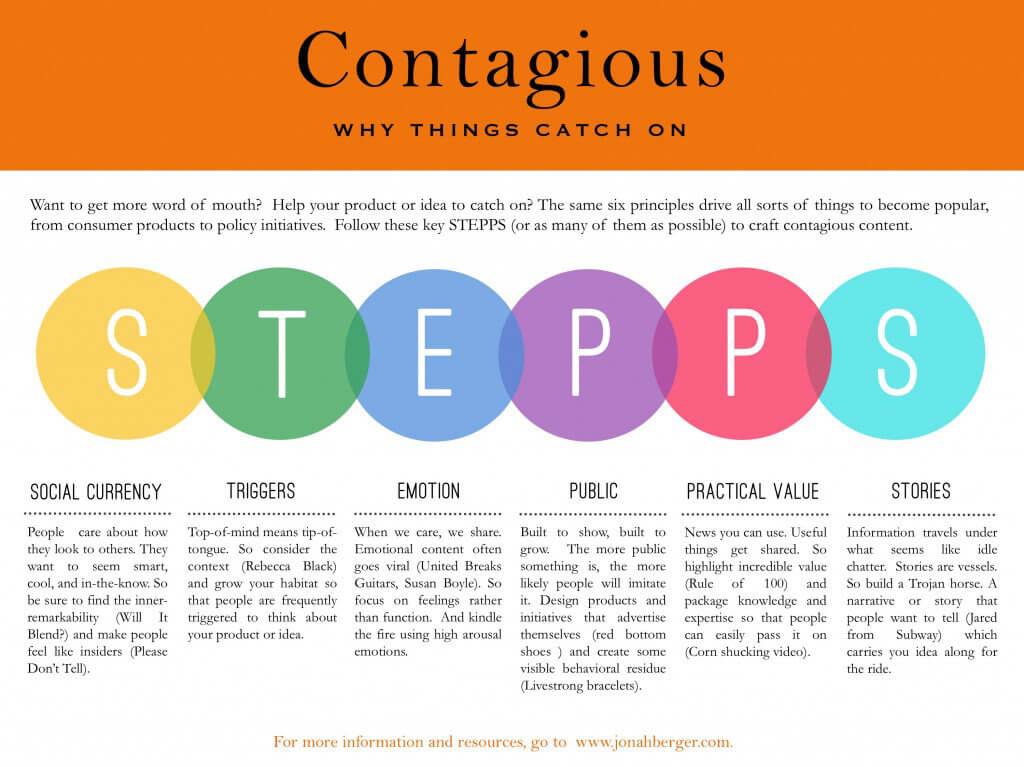As a digital marketing agency specializing in data and creative content, Search Laboratory can help your marketing team apply these principles to your content marketing, digital PR, and SEO initiatives. Contact us today to discuss how our creators can shape future campaigns that drive traffic to your website and your brand.
Luck and cats. According to Jonah Berger, a marketing professor at the University of Pennsylvania, these are the two most popular misconceptions about why content goes viral.
As the author of Contagious: Why Things Catch On, Jonah is an expert in social epidemics and the science of shareability. And that’s precisely what it is: a science.
Unfortunately, no matter how great it might be, there can never be a guarantee of widespread exposure with any idea. Content and PR campaigns do require that little bit of luck, of course, but it is by no means the only (or even the most significant) factor involved in succeeding. As for cats, there weren’t many of them in Gangnam Style or WRENs First Kiss video, and I seem to remember both of those doing okay.
While we might not be able to assure 100% blanket coverage, what we can do is apply a series of proven scientific methodologies to every campaign we embark upon. Creating content that people genuinely want to share is a complex and challenging task that we embrace in content marketing. Each idea needs to be analyzed and scrutinized, and an excellent place to start is Jonah Berger’s STEPPS framework.

Jonah’s framework, which consists of social currency, triggers, emotions, public, practical value and stories, gives marketers a tried and tested structure to apply to any potential undertaking so that ideas can be evaluated scientifically for the best possible chance of success.
Social currency
The first of Jonah’s principles is concerned with the nature of the content that we share and the reasons behind our decision to do this. Essentially, sharable information possesses social currency, and we post and tweet about it to make it look good. Just like in real-life conversations, we want to come across as intelligent and attractive to improve how others perceive us. This is reflected in the kinds of things we share online.
Triggers
Triggers are absolutely vital for a great piece of sharable content. They are the hooks that keep an idea ‘top-of-mind’ and ‘tip-of-tongue’. While they might seem the simplest element, creating something genuinely memorable is exceptionally challenging.
Emotion
One of the main reasons we share content is because it emotionally affects us. If we see something that genuinely makes us laugh, cry, or smile, we are far more likely to want to share that emotion with others.
Providing your target audience with something they can empathize with allows you to engage with them on a much more personal level and will provide you with a greater chance of succeeding with your content.
Public
Achieving coverage (especially from the right outlets) is essential because, as Jonah claims, “the more public something is, the more likely people will imitate it”.
Always aim to create something with longevity that will continue to generate interest and remain popular as more people become aware of it. Regarding PR, consider how to use your products and services in a public environment, both online and offline.
Practical value
This one is almost self-explanatory, and it’s a principle that, as an industry, we’ve been applying to content for years and years: solve a problem.
Give your audience something genuinely helpful to them. Fill a gap in the market and provide them with unique insight and knowledge that will help them overcome an obstacle. This could be an age-old conundrum or a life hack that reinvents the wheel and applies to everyone.
Stories
As Jonah says, “Build a Trojan horse.”
Create a story or narrative your user will invest in, with a product or service in the middle. Unless it’s utterly ground-breaking and revolutionary, it’s unlikely that your product itself will be strong enough to warrant sharing socially.
Instead, think about the pub factor and create a story that people will be interested in discussing.
For more information about Jonah Bergers STEPPS principals – watch the video below.
Do you want to develop your performance marketing strategy? Contact our experts to learn how we can help you.



